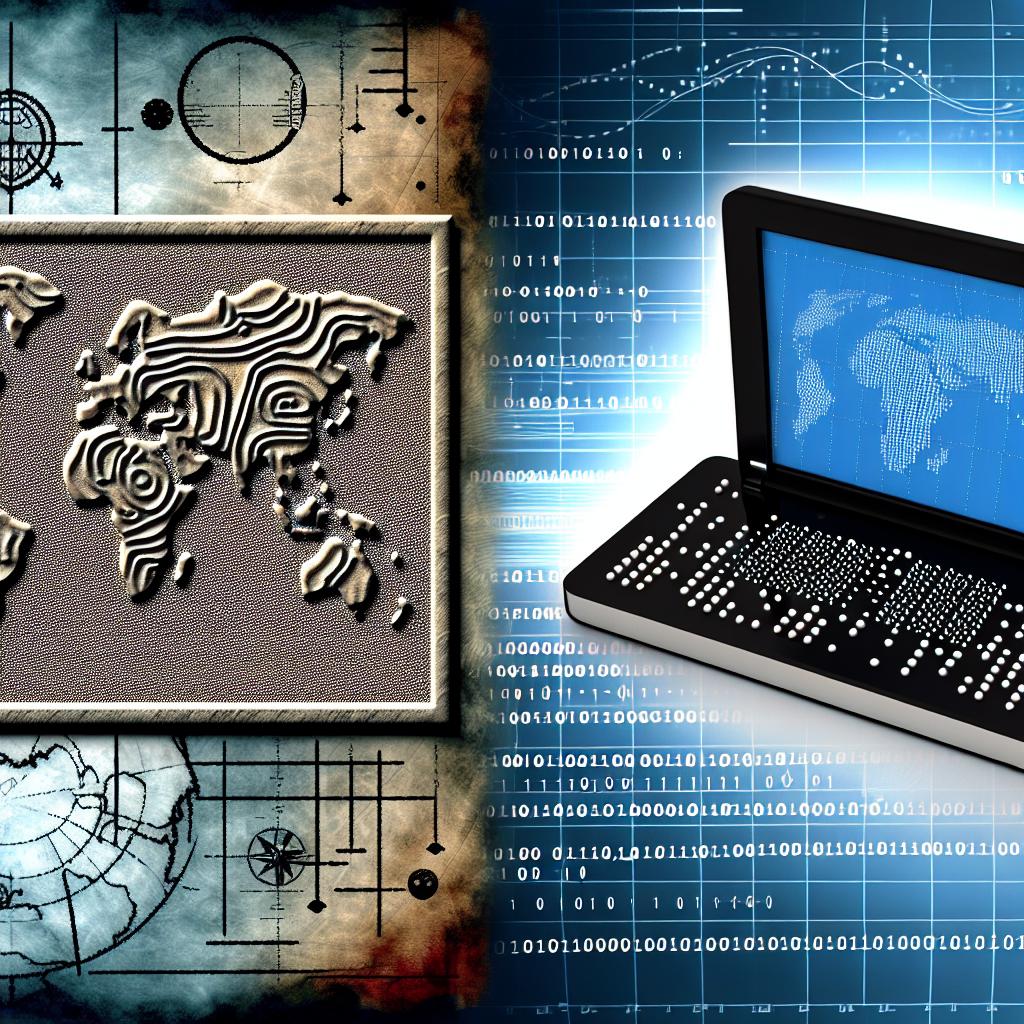Introduction to Tactile Graphics Technology
Tactile graphics serve as critical tools that empower individuals who are blind or visually impaired, enabling them to interpret and engage with visual information through the sense of touch. These graphics translate visual data into a form that can be explored using the fingertips, thus making information that is typically visual universally accessible. With the rapid advancement of technology, the field of tactile graphics has experienced significant improvements, making these tools more accessible, efficient, and rich in detail. In recent years, several technological innovations have propelled the development of more sophisticated tactile graphics, expanding their applicability across different sectors like education, professional environments, and everyday life.
Innovative Printing Techniques
One of the primary advances in tactile graphics technology is the evolution of tactile printing techniques. Traditionally, tactile graphics production relied heavily on processes such as embossing, which involved creating raised patterns on paper or other materials. This method enabled users to feel and interpret graphical content; however, it often came with limitations, especially concerning the level of detail and the number of copies that could be produced efficiently.
Modern approaches have introduced more sophisticated methods such as 3D printing. With the capabilities provided by 3D printing technology, it is possible to produce highly detailed tactile graphics at a significantly lower cost. This technology allows for the creation of intricate textures and variations in the graphics, greatly enhancing the user’s ability to discern different elements and layers of information. The enhanced details provided by 3D printing help the visually impaired to better understand charts, maps, and other complex diagrams, providing a richer and more informative tactile experience.
Real-Time Translation of Visual Content
A notable advancement in tactile graphics technology is the ability to translate visual content into a tactile format in real-time. Thanks to dynamic advances in technology, some devices now offer the capability to convert digital graphics from a screen into a tactile experience instantaneously using dynamic tactile displays. These displays employ multiple tiny pins that move up and down quickly to form different patterns capable of being felt by the user.
Such devices are of immense value, making it possible for visually impaired individuals to access a range of dynamic content, such as live data or elaborate diagrams, which were previously challenging to translate into a tactile form. This innovation opens up new possibilities for education, professional activities, and personal use, ensuring that blind and visually impaired individuals can keep up with rapidly changing information just as sighted individuals do.
Integration with Digital Technologies
Another significant trend is the seamless integration of tactile graphics with digital technologies. Modern tactile graphic solutions are designed to be compatible with an array of digital devices, including tablets and computers. By incorporating technologies like screen reader technology, these solutions deliver an interactive and comprehensive experience. Users are empowered to navigate through different parts of a graphic with accompanying audio feedback, augmenting the learning process and enhancing understanding.
This integration not only benefits the users by providing more detailed content but also democratizes access to knowledge, as it allows for easier customization and updates of the tactile content, making it possible to address specific user needs and changing information promptly.
Improved Accessibility and Affordability
The advancements in production processes have also led to improvements in the accessibility and affordability of tactile graphics. Thanks to breakthroughs in manufacturing and materials science, devices and materials that were once cost-prohibitive are now more affordable. This has a significant impact on educational institutions, libraries, and individuals, widening the audience that can benefit from these tools.
Moreover, open-source platforms and community collaborations have played an instrumental role in sharing technology and resources. These collaborations have paved the way for the customization of tactile graphics, promoting widespread distribution and enabling communities around the world to access resources, thus enhancing equity in educational and professional opportunities for visually impaired people.
In conclusion, advances in tactile graphics technology are paving the way to overcome long-standing barriers for visually impaired individuals. By making educational and professional environments more inclusive, these advancements ensure that blindness or visual impairment does not equate to a lack of access to information or knowledge. The combination of novel printing techniques, real-time translation capabilities, seamless integration with digital platforms, and improved accessibility are revolutionizing how tactile graphics are produced and utilized. These innovations are offering more opportunities for engagement with visual information, thus fostering greater independence and empowerment for visually impaired individuals.
